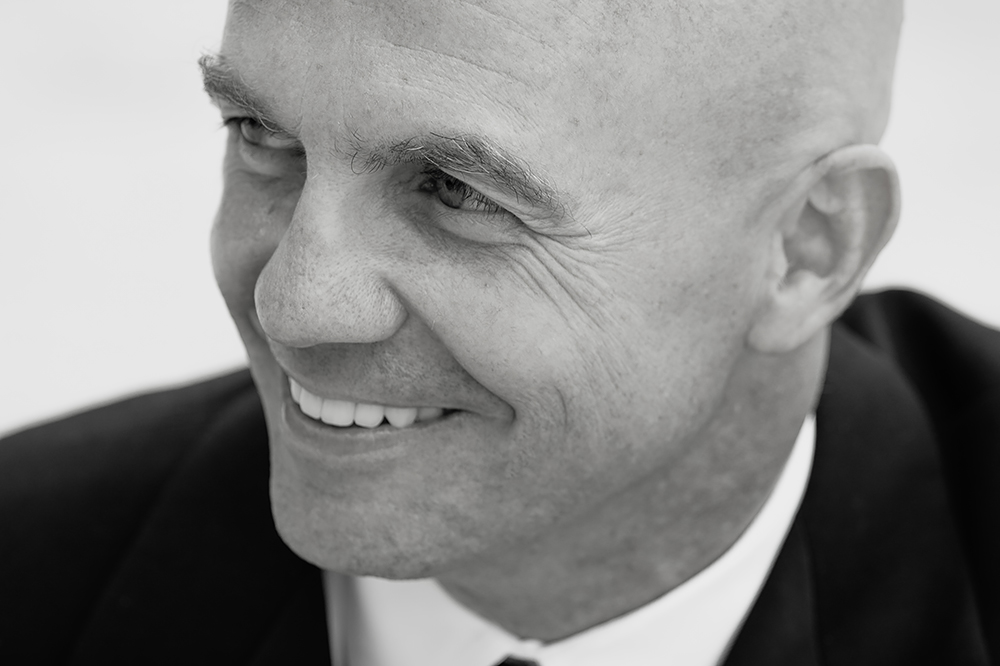Donald Graham is an internationally recognized portrait, fashion and fine art photographer whose work is in the
Metropolitan Museum of Art in New York and the International Center of Photography. He has exhibited his photography in numerous exhibitions and his photographs are held by many collectors. He is well known for his work photographing everyday people, celebrities and fashion for magazine and advertising clients including Vogue, Vanity Fair, Sports Illustrated and Time.
Donald began his career in Paris as a fashion photographer. He then moved to New York and Los Angeles where he broadened his work to include portraiture for the movie, music, editorial and advertising industries and began devoting significant time to his personal fine art work. During his career, Donald has photographed in more than forty countries, with extensive travels in India, Asia, Africa, Latin America and Europe. A book of his portraits, entitled
ONE OF A KIND, was published by Hatje Cantz in 2021. After 20 years in New York City, Donald is currently based in Los Angeles, California and Taos, New Mexico.
Statement
"My portraits are about honest moments that display qualities of the human character including wisdom and sensitivity, peace and vulnerability, both joy and tragedy. I seek to make portraits that are driven by one's inner dialog. I'm not interested in poses or performances for the benefit of the camera. I'm interested in what a person is like when they are their most authentic."
Authenticity, honesty, and trust characterize Donald Graham's portraits. They are not simply photographic recordings. Looking at them is like seeing human beings in the flesh, revealed to us by Graham with his virtuoso technique and sensibilities. His exquisite, strongly contrasting black-and-white photographs are evidence of attitude, rather than studied gestures. Eyes and faces are not model-like masks; instead, they express the unique nature of those portrayed. Inevitably, viewers find themselves in a dialogue with the images. You wonder about the stories behind these faces; though unfamiliar, they are nevertheless an emotional experience.
One of A Kind